Your PC might have plenty of SSD as well as HDD storage, but external drives still fulfill important functions. I have a 2TB Adata external hard drive that I use to store much more than just archival data. If you're a fan of external hard drives, you should know how not to handle them to ensure they don't die prematurely. From physically handling the drive and unplugging it incorrectly to ignoring signs of failure, you might be unknowingly damaging your external hard drive.
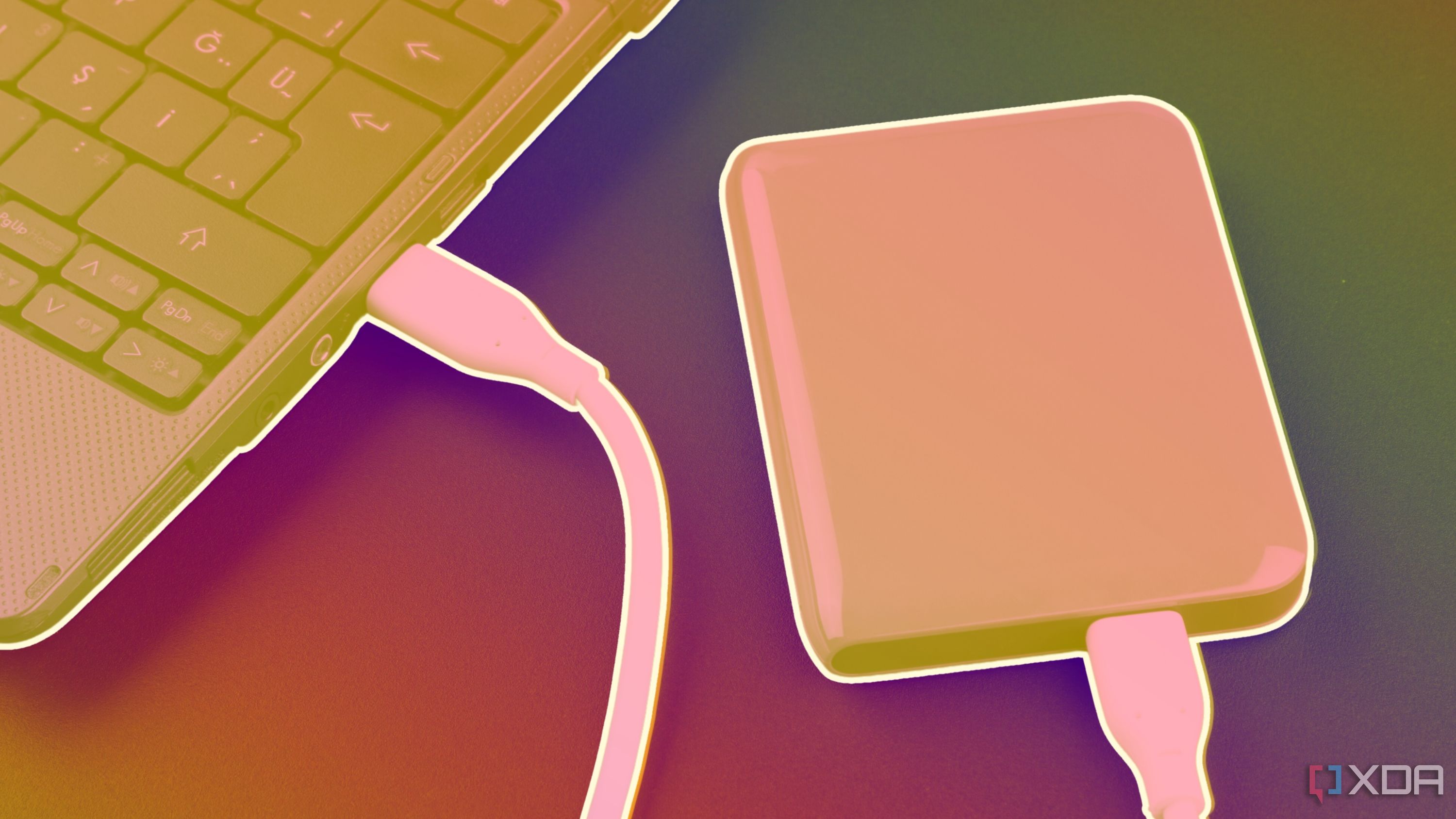
Related
4 reasons I still use an external hard drive
External hard drives are going out of fashion, but I still find tons of uses for them
4 Dropping it accidentally
It can ruin the drive permanently
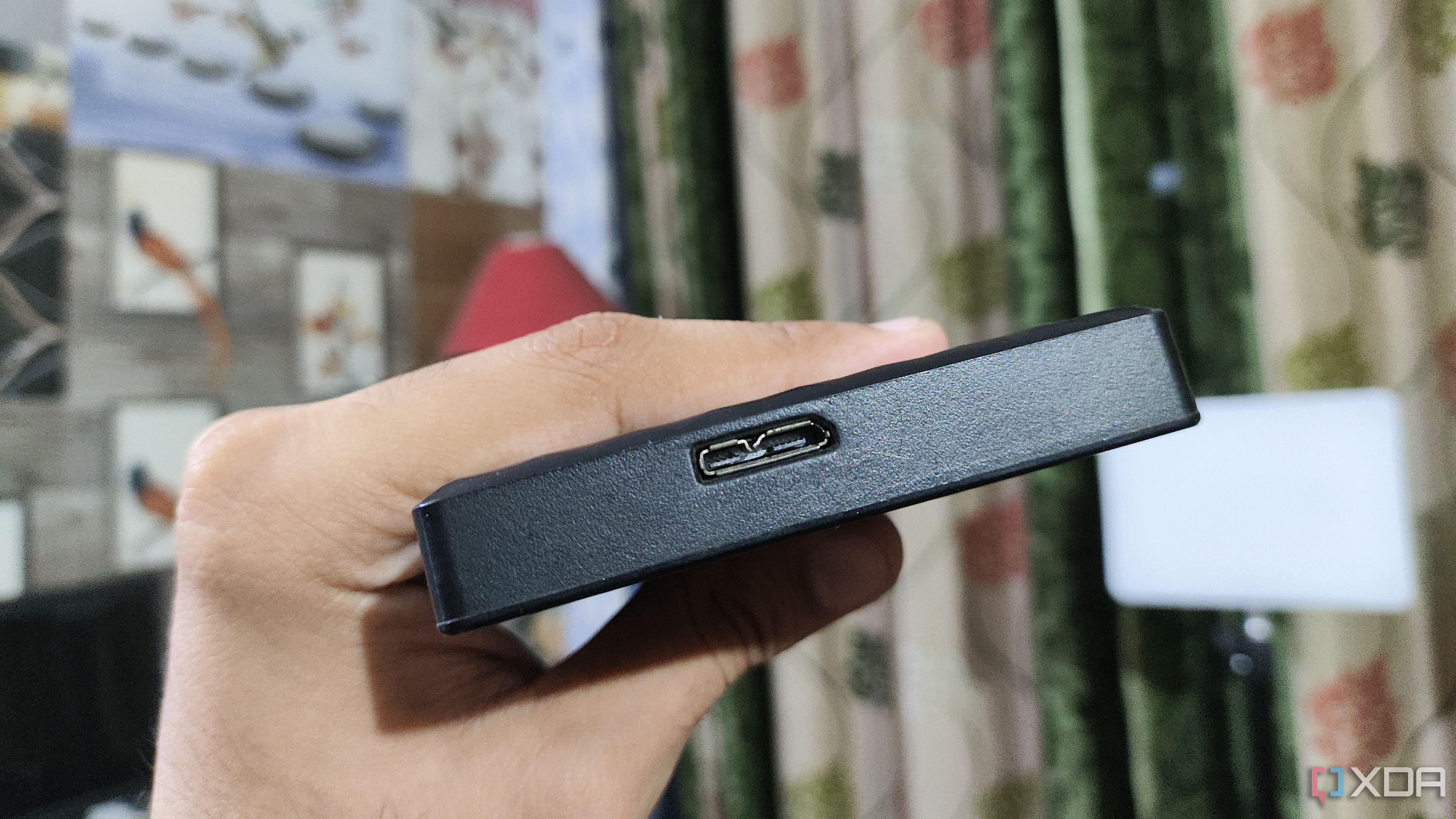
Your external hard drive, no matter how "rugged" you think it is, can suffer from lasting damage from accidental drops. Even if you drop it from 2 to 3 feet above the ground, the read/write head can get dislodged, the platters can get scratched, and the internal assembly can get misaligned. This can lead to your data becoming corrupted or permanently unreadable.
An external hard drive is designed for portability, so you'll inevitably take it with you as needed. This makes proper handling of the drive all the more important. Invest in a shock-proof case to minimize the chances of damage in the case of accidental drops. You can also make it a point to put your drive in a backpack or carrying case the moment you unplug it from the PC and need to move it to a different location.

Related
You can sometimes turn external HDDs into internal HDDs, here's how
Yes, it's possible to repurpose your external hard drive into a good ol' internal hard drive with a few simple steps.
3 Moving it while it's spinning
Let it do its thing
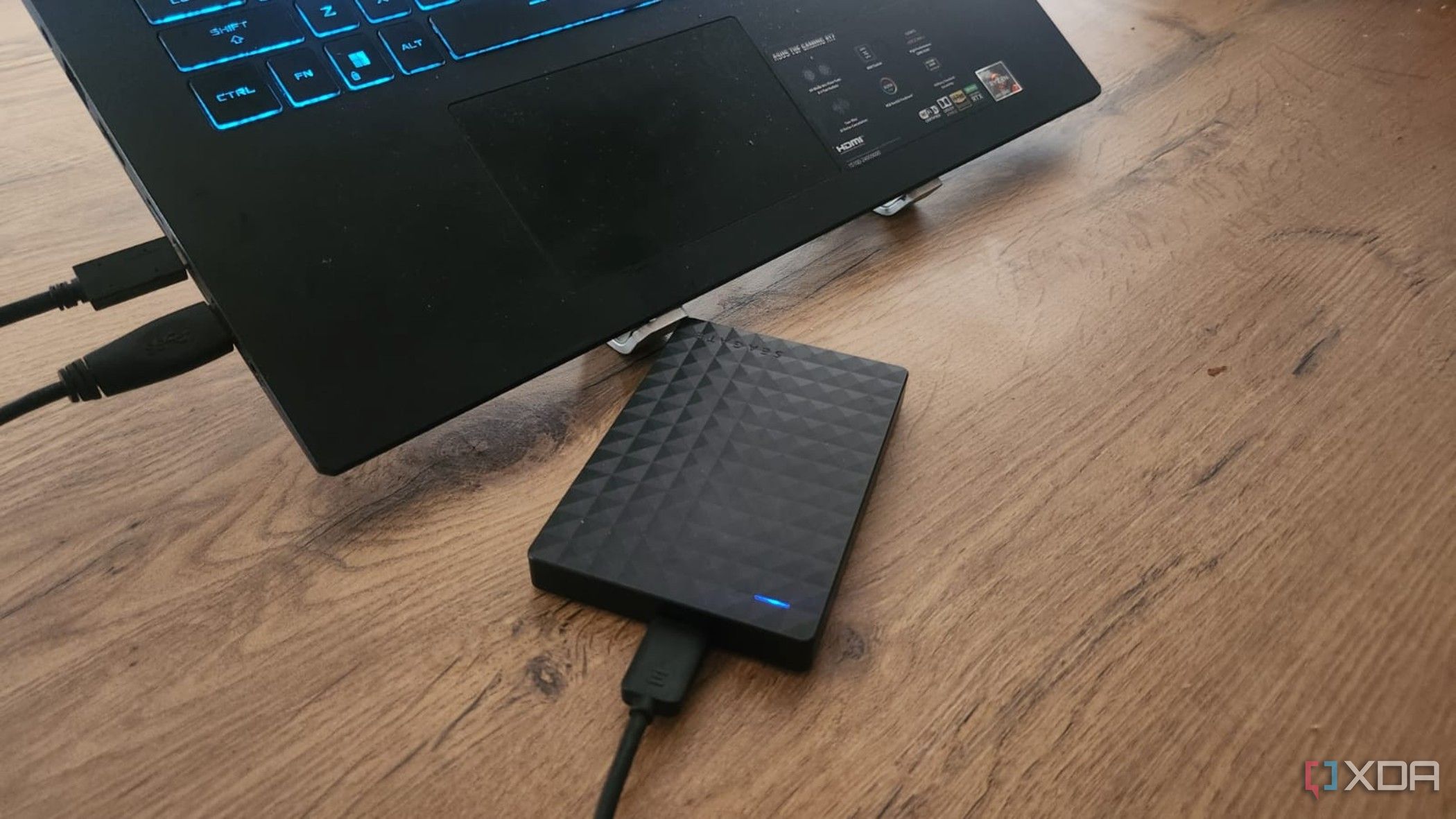
Hard drives, both internal and external, are sensitive to vibrations. Moving your external hard drive even a few inches when it's reading or writing data can cause the read/write head to crash into the platter. Naturally, this can lead to irreparable damage to both your data and the drive's internals. When your drive is in use, the platters are spinning at thousands of RPM, so a sudden jolt or movement can be too much for the drive to bear.
Avoid touching the drive when you're transferring files or even when it's plugged into the PC. You can safely eject the drive and then do whatever you want with it (limit your imagination, please).
2 Unplugging it without ejecting it safely
Cultivate some patience
You probably know this one already. Ejecting your external hard drive without using the "safely eject" option can sometimes lead to corrupted data or even incomplete transfers. If your external drive is set to use write caching in the Windows settings, you shouldn't unplug the drive as soon as you see a file transfer being completed.
Write caching is used to speed up transfers by storing the data in the system RAM before it's written to the drive. If you remove the drive before the data is fully written (or there's a power loss), you risk data corruption or damage to the drive. You can enable quick removal in the drive's properties in Device Manager (instead of better performance, i.e., write caching), and then unplug it without using the "safely eject" option.
1 Ignoring regular maintenance
Your drive needs attention
Your external hard drive will not last forever. Just like internal drives, external drives can suffer from bad sectors and file system errors over time. If you don't spot these issues in time and repair them with tools like CHKDSK, GSmartControl, or Seagate SeaTools, your data might soon be irrecoverable. You can look for obvious signs like a sudden drop in transfer speeds, slow access times, occasional disconnects, and weird noises.
If you spot any such behavior, offload your data from the drive immediately. Try to repair the drive with the aforementioned tools, but if you keep noticing the same behavior, stop using the drive altogether.
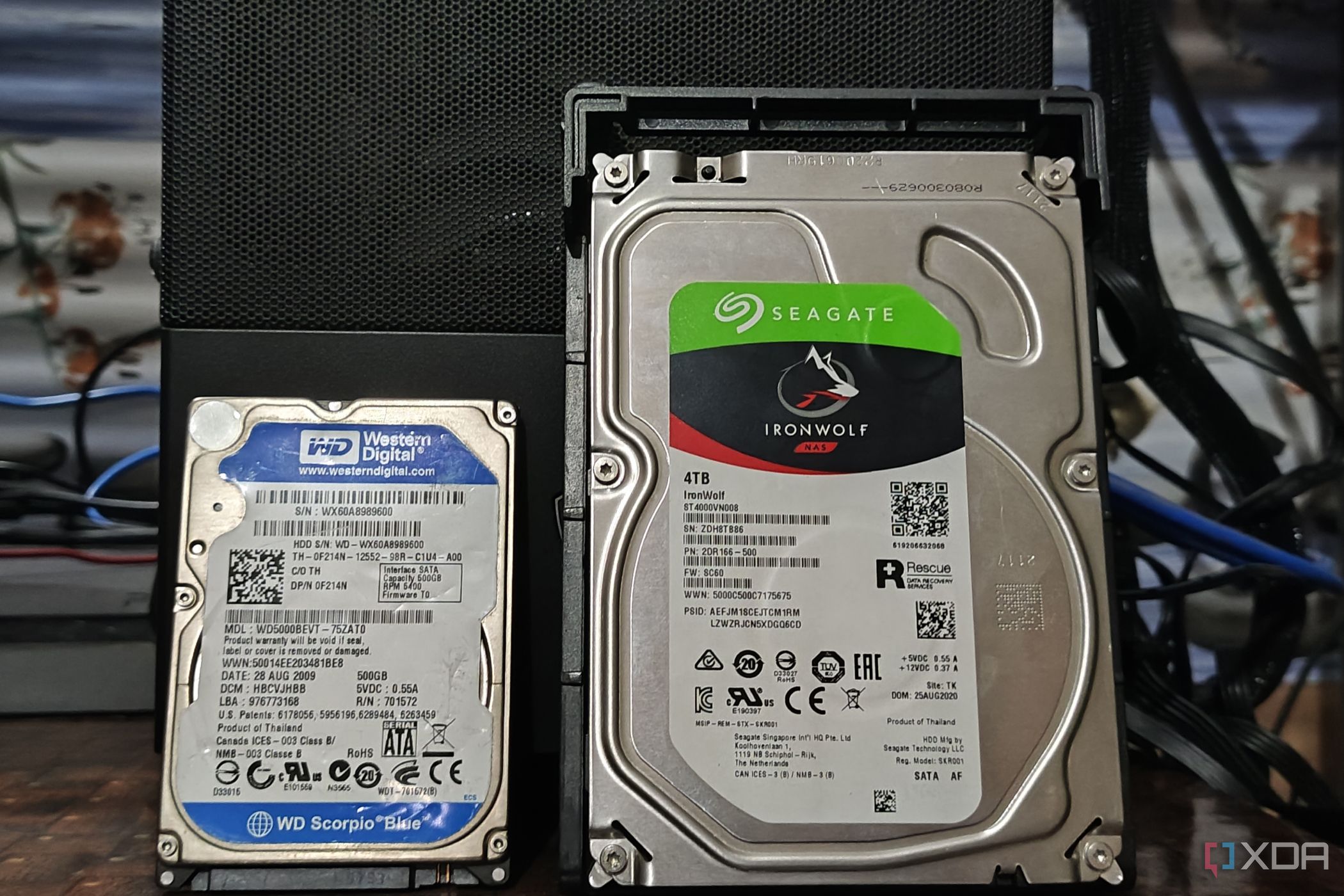
Related
3 easy ways to check hard drive health on Windows
If your hard drive is showing symptoms of failure, use these tools to check its health
Handle with care
Your external hard drive is subject to the same phenomena as your internal hard drives. You need to protect it from vibrations and sudden movements, avoid accidental drops, eject it safely, and repair it the moment you spot worrying signs. Handling your external drive with care will ensure you can make use of it for longer, and protect yourself from data corruption.
.png)
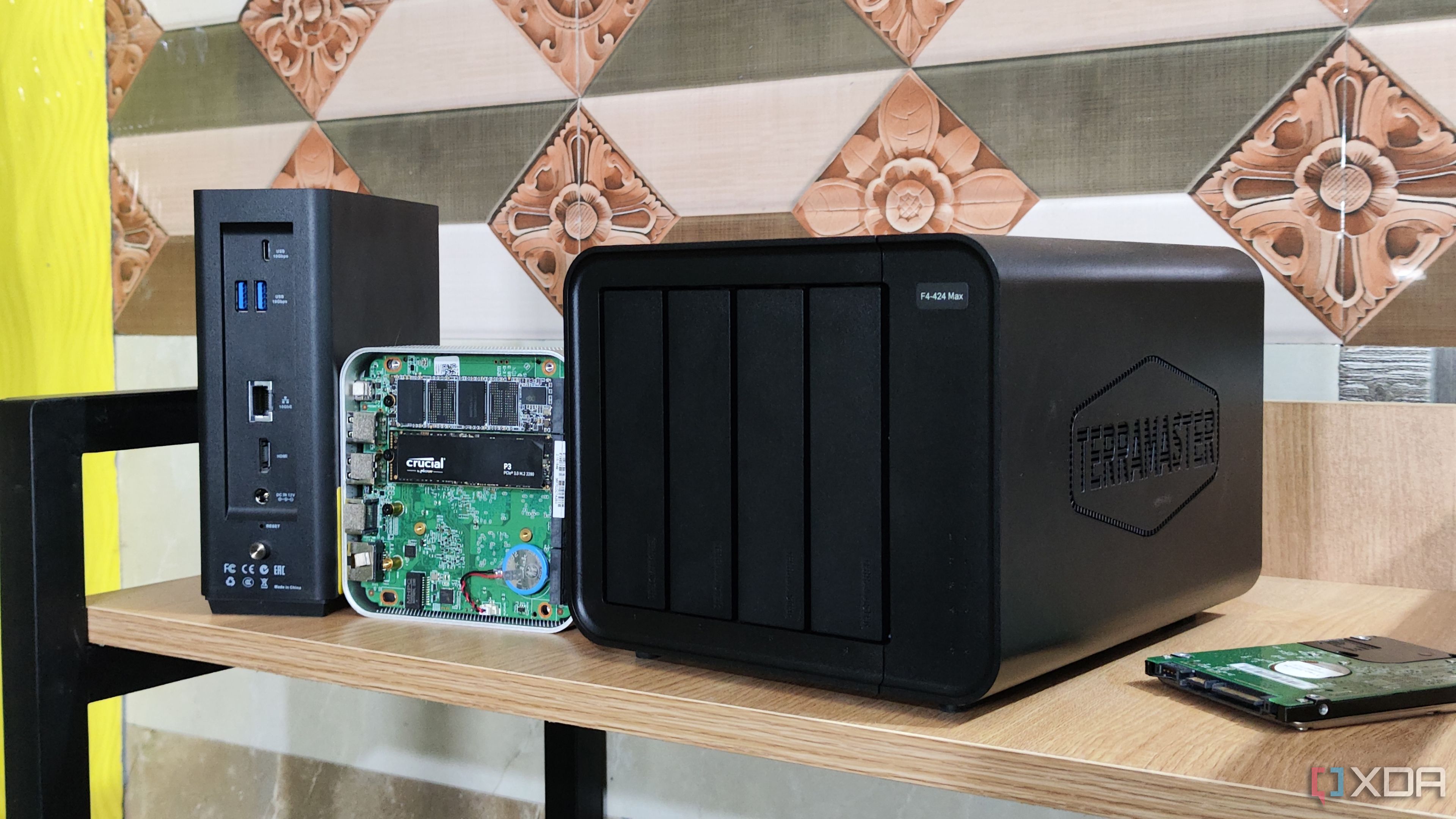
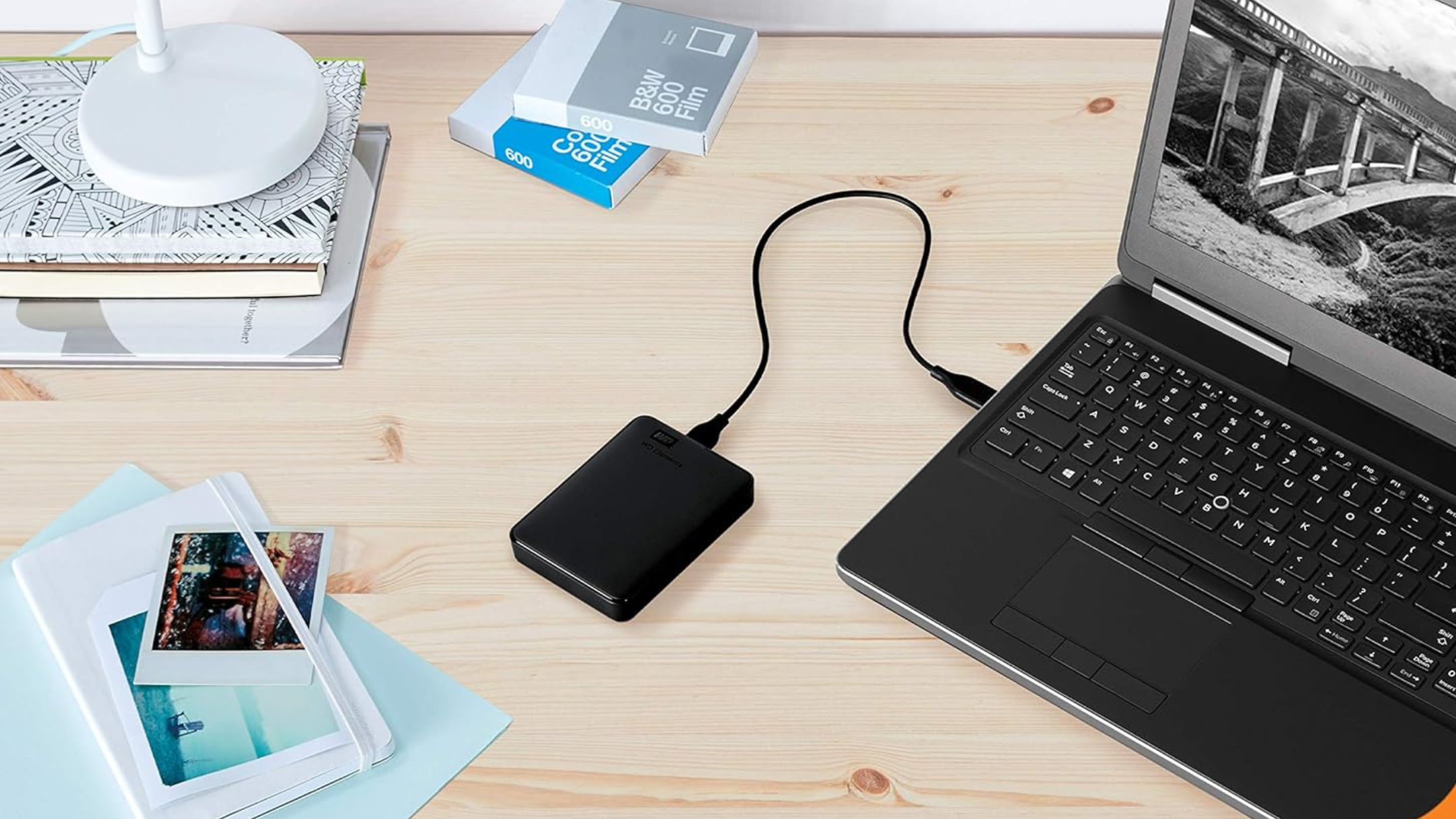







 English (US) ·
English (US) ·